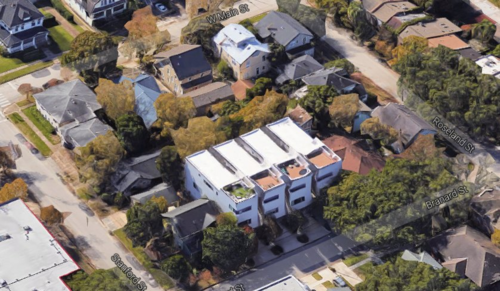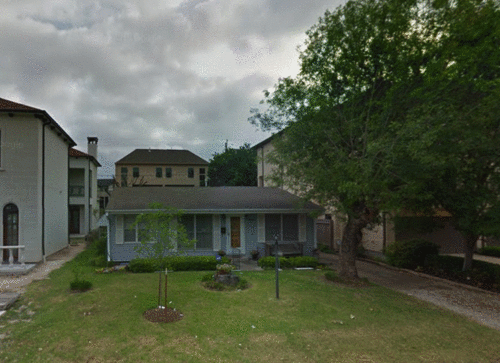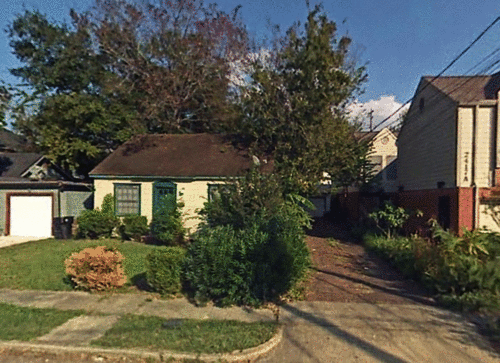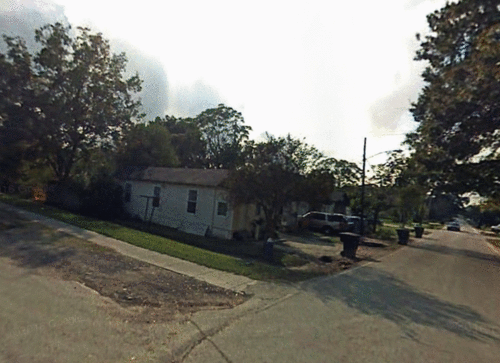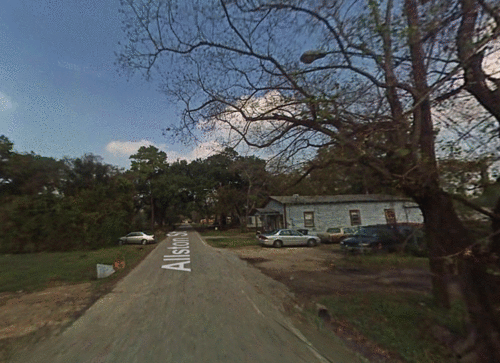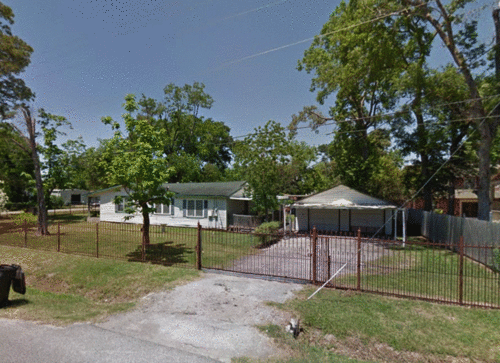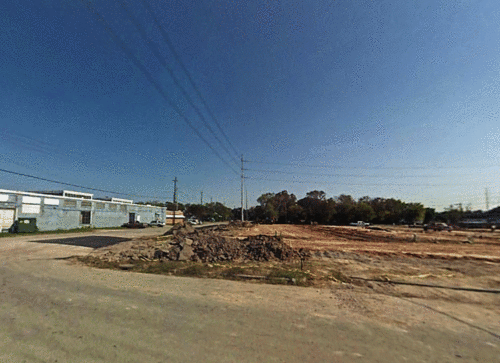Houston took this winning approach to adding housing. Could DC do the same?
Though DC has been adding lots of housing, new development is concentrated in large, expensive buildings in neighborhoods that are running out of empty lots to build on. Houston’s approach to densification — replacing detached single family homes with townhouses — offers some important lessons for DC’s long-term growth.
DC set a record last year when it permitted nearly 5,000 new housing units, the most ever in recorded history. Looking at the breakdown of new units permitted, we see a striking pattern: almost all new housing is in large multifamily apartment buildings.
Because high-rises cost more to build than smaller buildings, they come with high price tags once completed. That means that new construction in DC is concentrated at the luxury end of the market, which is far too expensive for most households to afford.
All this new housing is geographically concentrated, too. Neighborhoods like Navy Yard and Southwest Waterfront have added the lion’s share of DC’s new housing — places where there are many open lots to build on and few neighbors to complain. Meanwhile, DC’s single family residential neighborhoods have largely avoided change.
While this has been an effective strategy in the last few years, it can’t continue forever. There are only so many liberally-zoned former industrial sites and parking lots that we can build on. If DC is to continue to grow, areas that contain primarily single family homes will need to densify.
The Houston approach
Houston is famous for its car-oriented sprawl. Though it lacks a zoning code, the city has historically mandated low-density development through non-zoning regulations, like minimum lot sizes and stringent parking requirements.
But in 1999, Houston enacted sweeping land-use reforms: it decreased the minimum residential lot size from 5,000 square feet to 1,400 in close-in neighborhoods. In effect, this reform legalized townhouses in areas with suburban-style houses on huge lots. Two or three houses could now take the spot of one.
The political significance of these reforms cannot be overstated. Single family zoning is somewhat of a third rail in American local politics; it’s exceptionally rare for residents of suburban-style neighborhoods to allow denser development. Urbanist commentators have noted that “missing middle” housing — forms like duplexes and small multifamily apartments — has been regulated away in most American cities. Houston represents an important dissent from the notion that single family neighborhoods are to be preserved at all costs.
The results of these reforms have been remarkable. Areas that were once made up entirely of ranch-style houses, McMansions, and underused lots are now covered in townhouses:
The infill process is typically incremental, with detached homes being replaced one at a time. This often leads to a diversity of housing styles on a single block:
Other blocks are unrecognizable in their transformation:
And in some parts of the city, this redevelopment process has gone hand-in-hand with light rail expansion:
(There are so many striking before-and-after images that I programmed a twitter bot, @densifyingHOU, that tweets one out every day.)
One major benefit of these townhouses: they’re cheap! Development at this scale uses cheaper construction methods than those of large buildings, and Houston’s straightforward permitting process reduces regulatory uncertainty and thus financing costs. A cursory search on real estate websites reveals luxury townhouses a mile from downtown from the low $300s.
Now, Houston’s approach does have its flaws. Parking is still mandated, setback requirements and inward-facing homes make for a lousy pedestrian experience, and some new houses are, frankly, ugly. In some areas, unhappy homeowners have lobbied successfully for block-level regulations that re-outlaw townhouses.
But the key insight here is that piecemeal densification is possible, and it works. Houston has found a way to add significant amounts of housing without sprawling.
Planners in cities like DC should take note: the status quo, where we protect the low-density character of leafy neighborhoods and funnel development into a small portion of the city, needs a thorough rethinking.

